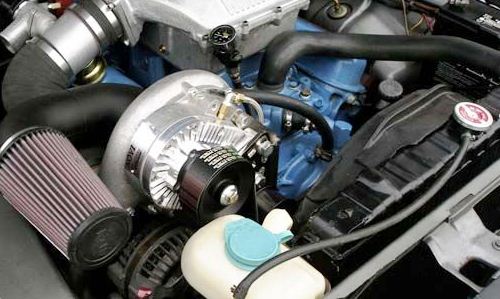Many of us have the inherent nature of putting important things aside for a while. Some may call this laziness. However, when it comes to maintaining the health of our car, there are specific aspects that we need to see. Unfortunately, many of us may say, “not right now, I will get around to it later”. Does this should like many of us. When the winter months are approaching, it is a good idea to check the readiness of our car. As an example, the anti-freeze liquid is essential for the well-being of our car. However, in many cases, the coolant condition of our car could be a low-priority item. When we bring our car to the mechanic for regular examination, it is quite likely that we will prioritize more on its oil level and battery. We tend to ignore the anti-freeze level of our car.
In general, the most predominant type of anti-freeze used is based on ethylene glycol. It is often added green color as dye, to distinguish it from standard water. Unfortunately, not many people know that anti-freeze actually has a limited lifespan. Due to its organic nature, anti-freeze slowly decomposes. It begins to forms acid solutions and its protection properties start to degrade. Acid will react with metal surfaces of our car, including head gasket, aluminium engine head and radiator. The easiest way is to check the expansion bottle for the coolant level. Open its plastic cap, to make sure that the coolant level is acceptable. Sometimes the bottle is dirty and it’s hard to see the actual coolant level from outside.
Coolant slowly evaporates, so we should check it every two weeks. When the engine is cold, we could open the radiator cap and make sure that the coolant level is at the top. If the coolant level in the expansion bottle is below the recommended level, we could add 50 percent water and 50 percent ant-freeze. If the radiator and expansion bottle consistently lose coolant, we should get them checked for leakage. The problem could be related to malfunctioning water pump and it is a common occurrence. It is consisted of multiple radiator hoses and fan pulley. Ask the mechanic to check the problem and it could be caused by small holes. In many cases, we should be able to see leak there. Water marks could be visible and this is a telltale sign that we have leakage under the radiator.
In reality, the situation may not be too serious and we could eliminate the leak by tightening the loose hose clamp. We should also check small hoses that warm up the thermostat, especially in cars that still use carburettor. If there’s no leak, it is possible that we have faulty radiator cap or plastic cap on the expansion bottle. The color of anti-freeze should also be checked. It should have bright green color, while decomposed anti-freeze will have brownish color. When the color is brown, it means that the coolant has become acidic and it must be replaced immediately.
























